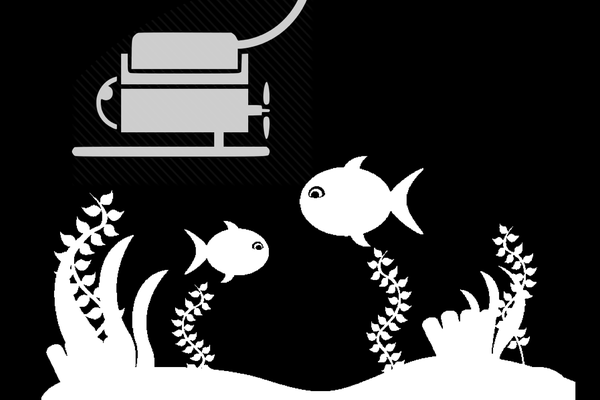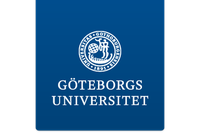Koster Seafloor Observatory
from 01/05/2020
Koster Seafloor Observatory (KSO) is a system that combines citizen science and machine learning for automated analysis of subsea movies. The system offers volunteers to assist scientists by watching snapshots of deep-water recordings and identify species in short movies recorded by remotely operated vehicles (ROVs). These annotations are then used to train machine learning algorithms to recognise biological objects in real time - for example species or habitats that are rare or indicative for a certain ecological condition.
Originally, KSO was designed for presenting the biological diversity on the seabed of Kosterhavets National Park on the Swedish West coast - an environment that is otherwise invisible to the public. Here you can find dead whales, flying feather stars, swimming scallops, large colorful sponges and starfish. Currently, the KSO system is upgraded and will soon also feature Baltic envrioments, while the analytical functions likewise expanding.
Aim
One aim is to make marine biodiversity (habitats and species), which can not be visited otherwise accessible to the public for teaching and exploration. Another goal is to train machine learning algorithms with the help of citizens.
Needed equipment
You need a computer with internet connection.
About funding
Funding bodies: Nordic e-Infrastructure Collaboration (NeIC)
Vinnova funded program Ocean Data Factory (ODF) Swedish Biodiversity Data Infrastructure (SBDI)About branding
Profile image design by: Mattias Sköld
Created Jan. 5, 2022, 10:34 a.m.
Updated Feb. 6, 2022, 5:16 p.m.

